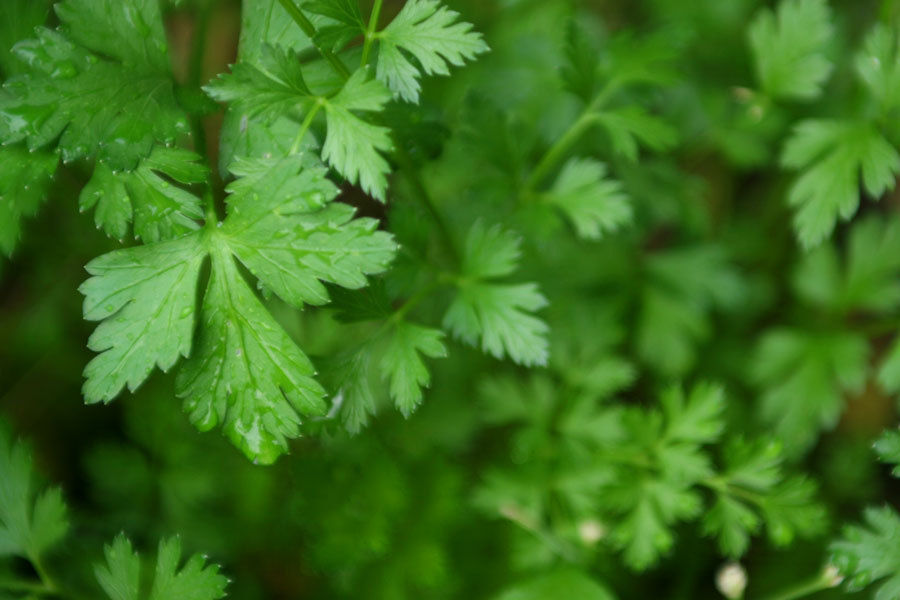- A.Manning

- Sep 15
- 3 min read

Autumn olive stands as perhaps the most ironic invasive species success story - a plant actively promoted and distributed by the USDA Soil Conservation Service for wildlife habitat and erosion control that has become one of the most ecologically damaging invasive shrubs across eastern and midwestern United States.
Identifying the silvery invasive shrub
Autumn olive (Elaeagnus umbellata) grows as a deciduous shrub or small tree reaching 6-20 feet tall with distinctive alternate elliptical leaves featuring silvery undersides that create a characteristic shimmering appearance in sunlight. Small fragrant yellowish flowers bloom in early spring, followed by abundant red speckled fruits that attract birds and enable widespread seed dispersal.
The silvery leaf undersides provide the most reliable identification feature, distinguishing autumn olive from native shrubs that might occupy similar habitats. Prolific fruit production begins early in the plant's life, enabling rapid establishment of new populations.
Nitrogen fixation creates ecological disruption
Autumn olive's ability to fix atmospheric nitrogen fundamentally alters soil chemistry in ways that favor non-native species while disadvantaging native plants. This soil chemistry alteration persists for years after autumn olive removal, creating long-lasting impacts on plant community composition. The soil chemistry alteration persists for years after autumn olive removal.
Dense thickets shade out native understory vegetation, reducing biodiversity and eliminating wildlife habitat resources that native shrubs provide. The plant's rapid growth and early fruit production give it significant competitive advantages over slower-growing native species.
Native fruit-producing shrubs like elderberry, dogwood, and native viburnums cannot compete with autumn olive's aggressive growth and prolific reproduction, reducing food resources for native wildlife despite autumn olive's reputation as a "wildlife plant."
Chemical control proves most effective
Mechanical control of autumn olive requires herbicide follow-up to prevent vigorous resprouting from established root systems. Cutting alone typically increases stem density by stimulating new shoot production from root crowns.
Glyphosate and triclopyr provide excellent control through both foliar applications and cut-stump treatments. Foliar spraying works best on young plants and resprouts, while cut-stump treatments prove essential for mature shrubs to prevent regrowth.
Professional land managers increasingly use granular herbicide systems for autumn olive control, particularly in areas where spray applications prove impractical. One wildlife habitat manager noted: "The extended residual activity helps control seedlings establishing from the persistent seed bank while reducing our annual treatment costs."
Integrated habitat restoration
Goat browsing provides an environmentally sustainable control method that can significantly weaken autumn olive thickets while reducing fire hazards from accumulated dead vegetation. Strategic browsing combined with targeted herbicide applications offers sustainable management for extensive infestations.
Site restoration with competitive native shrubs and trees proves essential for preventing autumn olive reestablishment. Native alternatives like elderberry, dogwood, sumac, and native viburnums provide superior wildlife habitat while supporting native ecosystem functions.
Prescribed fire can be effective in appropriate ecosystems, though autumn olive resprouts vigorously after burning. Post-fire herbicide treatment of resprouts combined with native seeding provides integrated control and restoration.
Long-term ecosystem recovery
Soil amendment may prove necessary in areas with extensive autumn olive infestations to counteract long-term nitrogen enrichment effects. Strategic introduction of native mycorrhizal fungi can help restore soil biology that supports native plant communities.
Seed bank management requires sustained attention - autumn olive seeds remain viable in soil for several years, creating ongoing invasion pressure even after parent plants are controlled. Annual monitoring and rapid response to new seedlings prevents reestablishment.
Prevention through proper native plant landscaping eliminates future autumn olive problems while providing superior ecosystem services. Native shrubs selected for local growing conditions offer better long-term performance and wildlife value than non-native alternatives.
For property managers dealing with established autumn olive infestations, professional consultation helps identify site-specific restoration strategies that address both immediate control needs and long-term ecosystem recovery goals.
For complete control of Autumn Olive, Pro-serve Inc. produces PRONONE Power Pellets. These pellets are applied to the ground, without spraying, and will kill the tree in place, from the roots up. If you are looking to control your Autumn Olive with a handful of pellets rather than having to spray, chainsaw, burn or many of the other backbreaking options, we've got the product for you!






